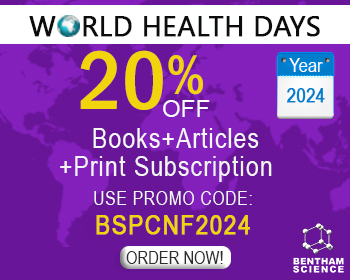Abstract
HIV infection is characterized by a number of abnormalities in several components of the immune system. For example, during HIV infection, a massive decrease of CD4+ T cells is observed, as well as a progressive depletion of naive CD8+ T cells. Furthermore, elevated numbers of apoptotic B and T cells are present in HIV-infected patients, and a systemic immune activation results in T-cell exhaustion. Finally, HIV infection is characterized by the presence of functionally impaired dendritic cells, with decreased expression of maturation markers, decreased secretion of cytokines and defects in antigen processing and presentation. All these characteristics result in the occurrence of non-functional cytotoxic T lymphocytes, that fail to control HIVreplication in most individuals during progressive disease. Costimulatory and co-inhibitory molecules are involved in the activation, differentiation and survival of several cell-types of the immune system. Each costimulatory receptor (generally expressed on effector cells) can conjugate with one or more specific ligands (expressed on antigen-presenting cells), which leads to an activation of intracellular signaling pathways inside the cells on which they are expressed. HIV infection is characterized by an aberrant expression of these molecules on cells of the immune system. Many of the immune deficiencies mentioned in the previous paragraph can be explained by abnormal expression of costimulatory molecules, and could consequently be overcome by interfering with their interactions. In this review, we give an overview of the functions and expression patterns of the receptor/ligand pairs of the tumor necrosis factor and the B7 super-families of costimulatory and co-inhibitory molecules in HIV-infected patients. We will also discuss possibilities for manipulating their signaling as a therapeutic anti-HIV tool.
Keywords: Antigen-presenting cells, co-inhibitory molecules, costimulatory molecules, HIV, T cells, T-cell exhaustion, tolerance induction, tumor necrosis factor receptor super-family, cell proliferation, reverse signaling, immunoregulatory pathways, anti-HIV immunity, apoptosis, combined antiretroviral therapy

























